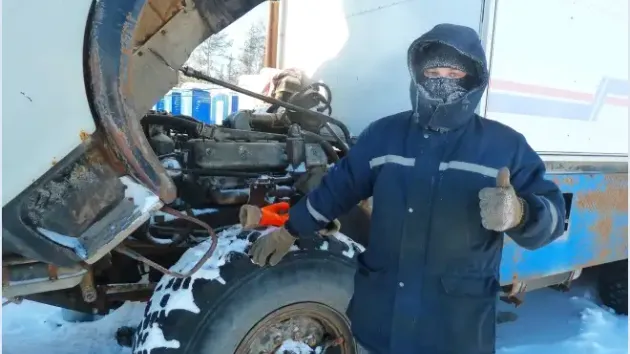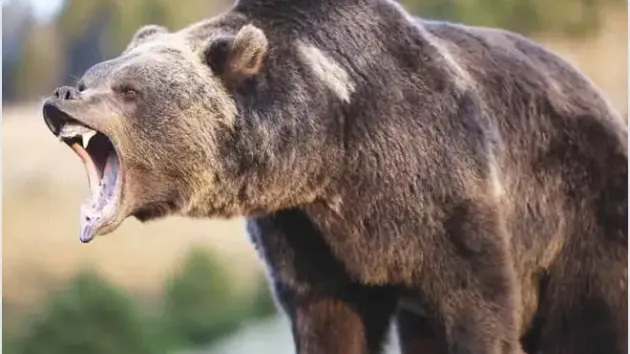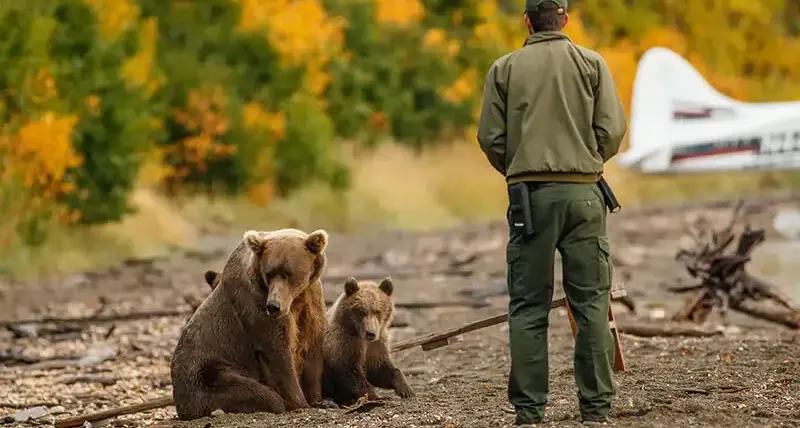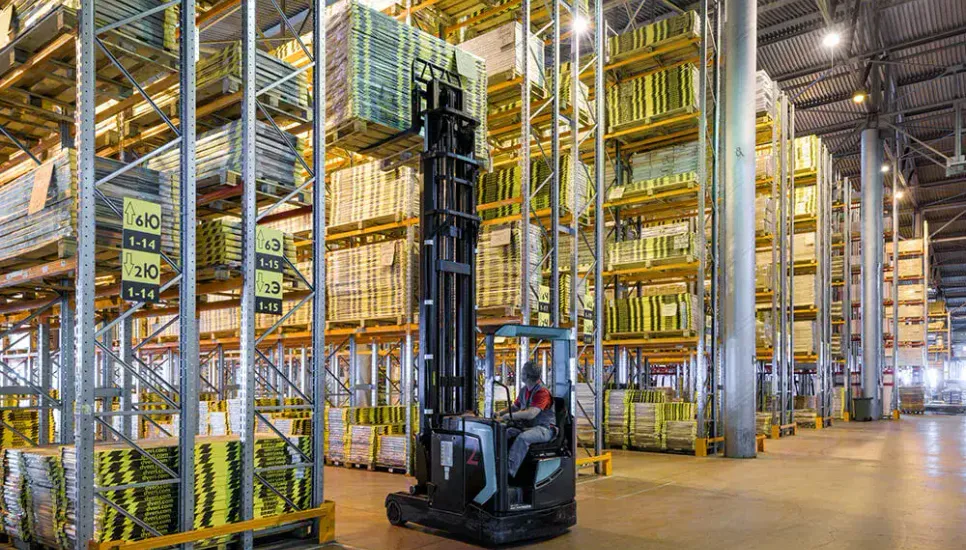Introduction
Wildlife conservationists work towards the protection and preservation of certain environments and/or species, yet their intervention is rarely welcomed by the unknowing wildlife. From interactions with dangerous animals to zoonoses and vector-borne diseases, poisonous plants, unpredictable weather, and a series of physical hazards such as falling out of trees, conservationists face serious risks on a daily basis and must be rigorously trained in order to maintain their safety.Potential Hazards
The most common risks associated with wildlife conservation work include:
Working with Wildlife.
Most people are aware of the risks of working with or near “dangerous beasts” such as bears, large felines, large reptiles, elephants, and other species. However, all animals, no matter how small, have their own defensive tools and will use the latter if they feel that they are being threatened. Many venomous snakes are relatively small in size, but their bites can be deadly in certain circumstances. The same holds for venomous spiders, some small reptiles, as well as a host of marine wildlife. Predatory birds can inflict significant damage using their sharp talons, while animals as seemingly innocuous as beavers are capable of biting their way through a person’s artery. Even some species of mice can cause serious injuries using their teeth, which is why conservationists must undergo long training programs before they can participate in the capture, treatment, or release of wildlife.Zoonotic and Vector-Borne Diseases.
Constant interaction with wild animals – some of which are already ill at the time when they are being rescued – can expose employees to dangerous zoonoses such as animal flu, Ebola, malaria, and others. In addition, working in the great outdoors puts conservationists at risk of contracting vector-borne diseases through bacteria, parasites, and viruses carried by sandflies, mosquitoes, ticks, mites, lice, and other insects. While the vast majority of these afflictions are now curable, the treatment can take months or even years in some cases.Extreme Weather Conditions.
Although weather forecasts can help conservationists avoid bad weather, extreme weather conditions are not always predictable and may strike when employees are outdoors, in remote locations. Thunderstorms, blizzards, hail, tornadoes, as well as heat waves and wild fires can all increase the risk factors already present in a conservationist’s work.Working in Remote Locations.
The rescue and release of wildlife is an intrinsic part of any conservationist’s work. To carry out these tasks, employees are often required to travel to remote locations that are not easily accessible for emergency services. In addition, some wildlife professionals, such as many photographers, prefer to work alone, which might further decrease the likelihood that they will receive timely help in case of an accident.
Incident Prevention
Wild animals may seem unpredictable, but many of their behaviors are actually governed by identifiable principles that can be studied by conservationists. Attaining such knowledge is the first and most important step for a wildlife professional who must undergo tens of hours of supervised training before they are able to conduct a rescue/release operation on their own. In addition, employees must be thoroughly informed with regards to the specific environments they work in. Only by knowing what dangers to expect can they assess potential risks and take successful preventive measures.
The correct use and maintenance of various types of personal protective equipment is equally important in this respect. Conservationists must be able to use masks, gloves, boots, and full-bodied gear to maintain their safety in different biomes. Furthermore, when they are required to work alone or in remote locations, they must use radios and strict communication protocols to inform supervisors of their situation at all times.
Recommended Safety Courses



What You Can Do to Stay Safe
As a wildlife conservationist, you will undergo rigorous on-site training and supervision before you are able to interact with wild animals on your own. Furthermore, you can take a series of online safety courses, either before you become employed or immediately afterwards, in order to learn additional measures that you can implement to maintain your safety at work. This is particularly important for volunteers, who may not have undergone the necessary training before travelling to a remote location.
For a comprehensive list of safety courses that are best suited for your profession, please navigate to our Logging and Forestry industry page and select your specific job.



